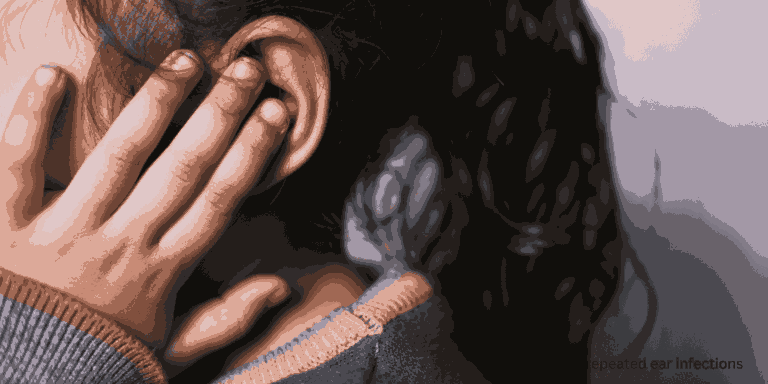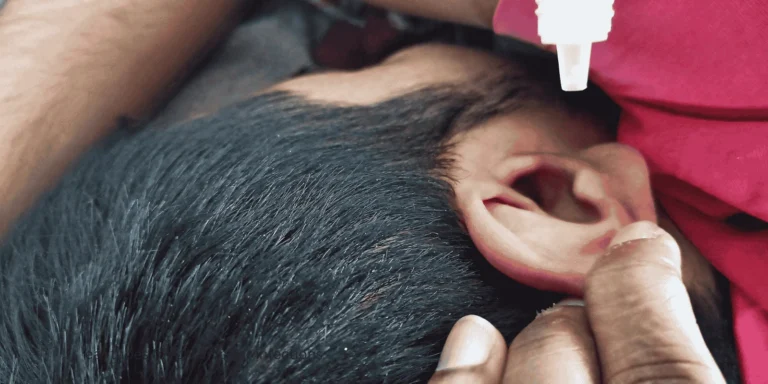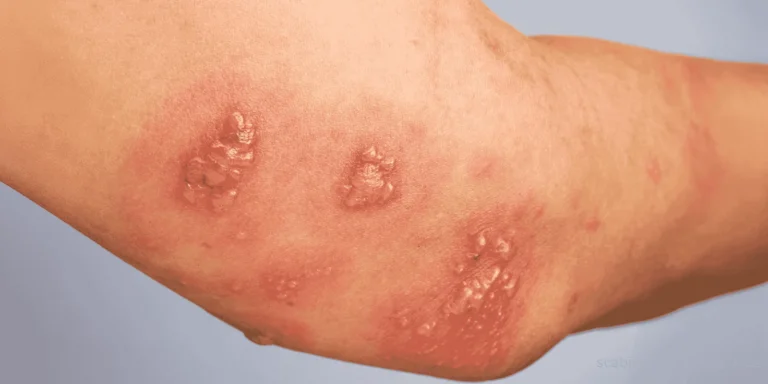Vaginal yeast infections are caused by an overgrowth of Candida fungi, most commonly Candida albicans, which naturally live in small amounts in the vagina. When conditions favor fungal growth over beneficial bacteria, yeast multiplies rapidly, causing the uncomfortable symptoms women know all too well.
The normal vaginal environment maintains a delicate balance between yeast, bacteria, and pH levels. Lactobacilli bacteria produce acid that keeps yeast populations in check. When this balance becomes disrupted, yeast can flourish.
Common triggers for yeast overgrowth include:
Antibiotic use is a leading cause. While antibiotics fight harmful bacteria, they also kill beneficial vaginal bacteria that normally control yeast populations. This is why many women develop yeast infections during or after antibiotic treatment.
Hormonal changes significantly affect vaginal environments. High estrogen levels during pregnancy, before menstrual periods, or from birth control pills can promote yeast growth. This explains why some women get recurrent infections at specific times in their cycles.
Diabetes or high blood sugar creates ideal conditions for yeast growth. Uncontrolled diabetes particularly increases infection risk, as excess glucose in vaginal tissues feeds the fungi.
Compromised immune systems from conditions like HIV, cancer treatments, or immunosuppressive medications reduce the body’s ability to control yeast populations naturally.
Lifestyle factors can contribute:
- Wearing tight, non-breathable clothing that traps moisture
- Staying in wet swimsuits or workout clothes
- Using douches, scented products, or harsh soaps that disrupt vaginal pH
- Sexual activity (though yeast infections aren’t sexually transmitted)
- Stress, which can weaken immune function
Dietary factors like excessive sugar consumption may contribute to recurrent infections in some women, though this remains debated.
If you’re experiencing yeast infection symptoms like itching, burning, or thick white discharge, ChatRx can help confirm the diagnosis and recommend appropriate treatment.











